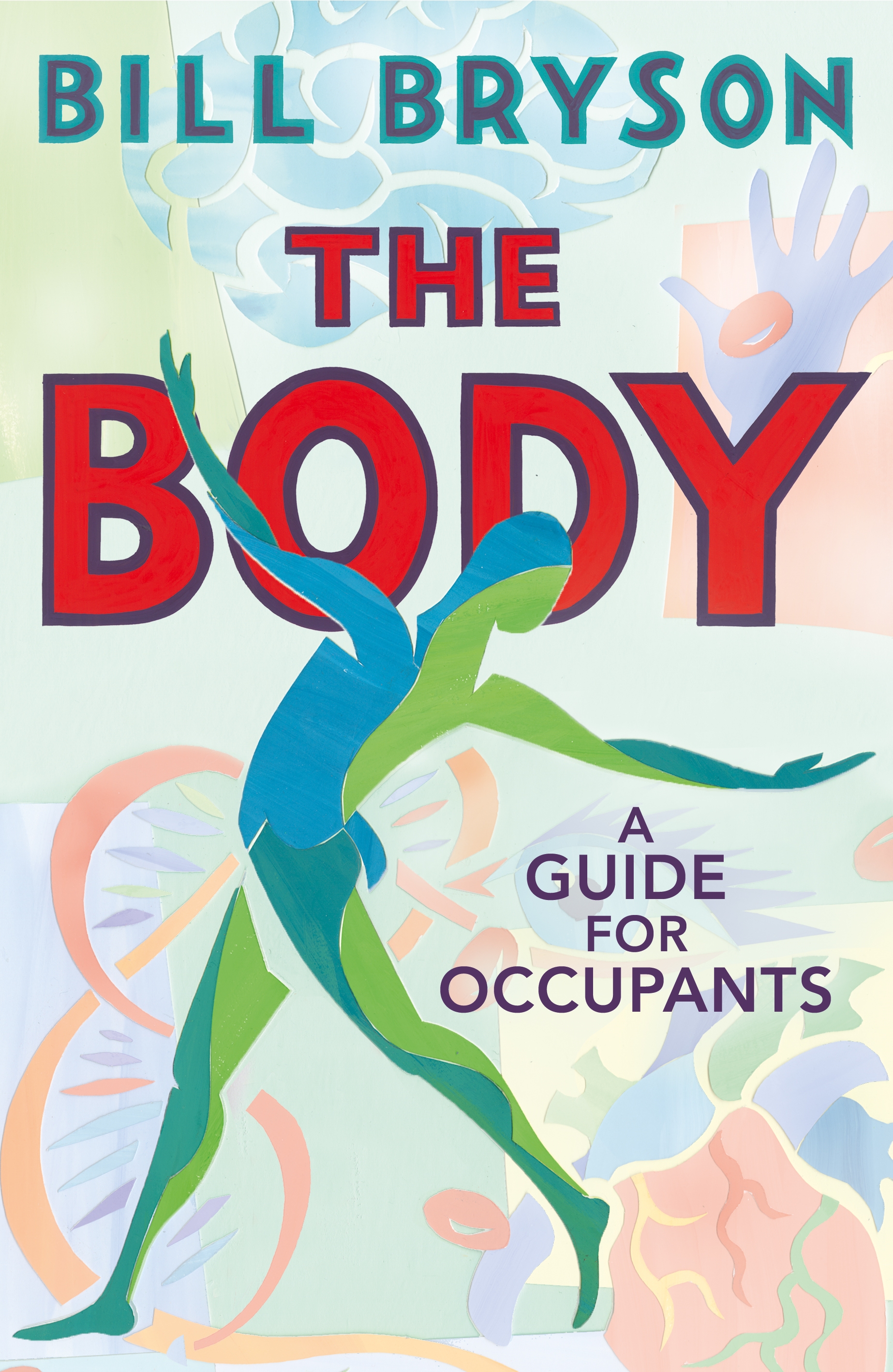
“It’s just that our hair is much wispier and fainter.” Then the brain, which he describes as “strikingly unreliable” and then the skull. “We are actually as hairy as our cousins the apes,” he writes. The market price of the chemical components of the human body range from a few hundred dollars to a few hundred thousand. “It keeps our insides in and bad things out.” Deceptively mundane, that beginning, but soon enough he reaches his stride in a dissection lab, contemplating a translucent slice of epidermis, its pigment almost imperceptible, and considering all the historical agony resulting from such a subtle biologic variation. Then he heads for his trailhead, the skin, which is “our largest organ, and possibly the most versatile,” he writes. Meanwhile, everyone else will be interested to learn that the renowned British anatomist Henry Gray was, like so many of the medical scientists Bryson encounters on his travels, remarkably adept at elbowing colleagues out of the way for fame and fortune: It was an underpaid medical student named Henry Vandyke Carter who did most of the dissections and every one of the drawings for Gray’s 1858 classic anatomy text, the one that no one ever calls “Gray’s and Carter’s Anatomy.”īryson starts off with a short review of the market price of the chemical components of the human body (anywhere from a few hundred dollars to a few hundred thousand, depending on which set of experts you believe). If lengthy detours to marginally relevant yet potentially evocative and thought-provoking minutiae irritate you, stop right here: Bryson’s book will irritate you too, and you should go read “Gray’s Anatomy” cover to cover instead.

The previous parenthetical observation is a test. For one thing, the first movie memorably stars a tiny Raquel Welch, although a 1993 remake of the Disney movie does feature Sally Field voicing the cat’s lines, in what might be considered a similar miniaturization of an outsize screen personality.) (“Fantastic Voyage” should not be confused with Disney’s 1963 “Incredible Journey,” in which two lost dogs and a cat travel the northern forests of Canada to get home. Readers of a certain age may flash back to 20th Century Fox’s “Fantastic Voyage,” a 1966 movie of forgettable plot but remarkable special effects, in which a team of scientists shrink to microbial size and travel the body’s tubes and vessels against a background of giant blood cells and shiny, pulsating organs. Now Bryson has turned to the human body with “The Body: A Guide for Occupants,” meandering around its organs in his usual leisurely, amused way, always on the lookout for interesting landmarks and overlooked perspectives. BOOK REVIEW - “The Body: A Guide for Occupants,” by Bill Bryson (Doubleday, 464 pages).


 0 kommentar(er)
0 kommentar(er)
